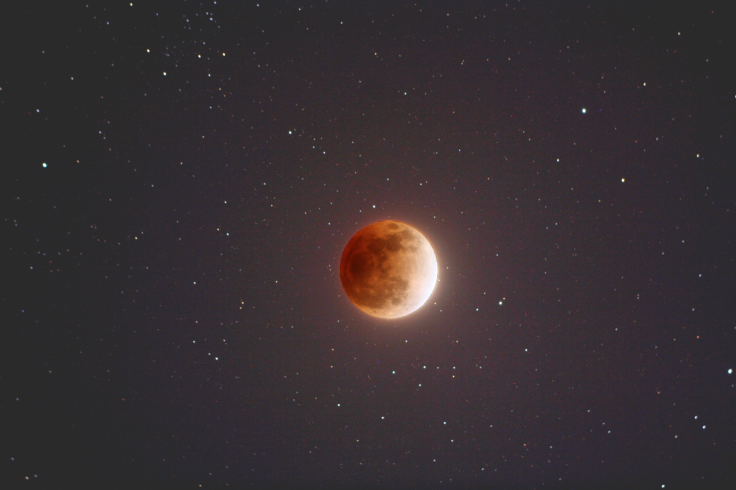
It will be a triple treat for skywatchers on January 31 as the sky will be decked up with a supermoon, a blue moon, and a total lunar eclipse. One surely cannot miss the opportunity to view the rare supermoon of the year belonging to the Trifecta series. Supermoon of January 31 is going to be the third in the series of the Supermoon Trilogy after the December 3, 2017, and January 1 supermoons.
The moon will be 14 percent brighter as its orbit will come closer to the Earth known as a perigee. Being the second full moon of the month, this moon will be the "blue moon". It will pass through the earth's shadow to form a total lunar eclipse. The moon will bear a reddish tint and hence the name.
The eclipse can be viewed in the morning before sunrise on January 31 from North America, Alaska, and Hawaiian islands. A "super blue blood moon" will be visible in the Middle East, Asia, eastern Russia, Australia, and New Zealand during moonrise, when the moon will be above the horizon on the morning of January 31.
Viewers in the U.S. need to watch west to get the best view early in the morning. Spectators in West Coast, Alaska and Hawaii will have a better view due to good weather conditions. The eclipse will start at 5:51 AM ET making it more challenging for the Eastern Time Zone.

NASA states that New York or Washington D.C. can face difficulties in viewing the eclipse as the moon will enter the outer part of earth's shadow by 5:51 AM. One can view the eclipse from the west-northwest horizon, opposite from the region of sunrise.
Central time zone regions in the US can watch the event in the western sky. The penumbra or the lighter portion of earth's shadow will touch the moon at 4:51 AM. The reddish shadow will be visible from 6:15 AM.
The moon will set after 7:00 AM. Regions like Kansas City and Chicago can get a better view at around 6:15 AM. Viewers in California and western Canada can see the total eclipse without any disruption.
Watch the live feed of the eclipse events in NASA TV and NASA.gov/live or @NASAMoon.

One can watch the Supermoon Trilogy events of December 3, 2017, January 1, and January 31, 2018, by clicking here and also on moon.nasa.gov.
The December supermoon was the largest and brightest. It was given many names: Oak Moon, Cold Moon, Long Nights Moon and the Moon before Yule due to the significance of the month.
Old Moon, Ice Moon, Snow Moon and the Moon after Yule were the names given to The supermoon of January 1. It was also called the Wolf Moon due to the popular belief that wolves howl during this phase of the moon due to hunger.









